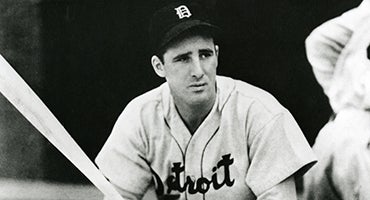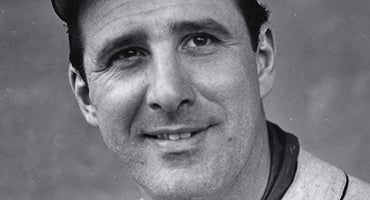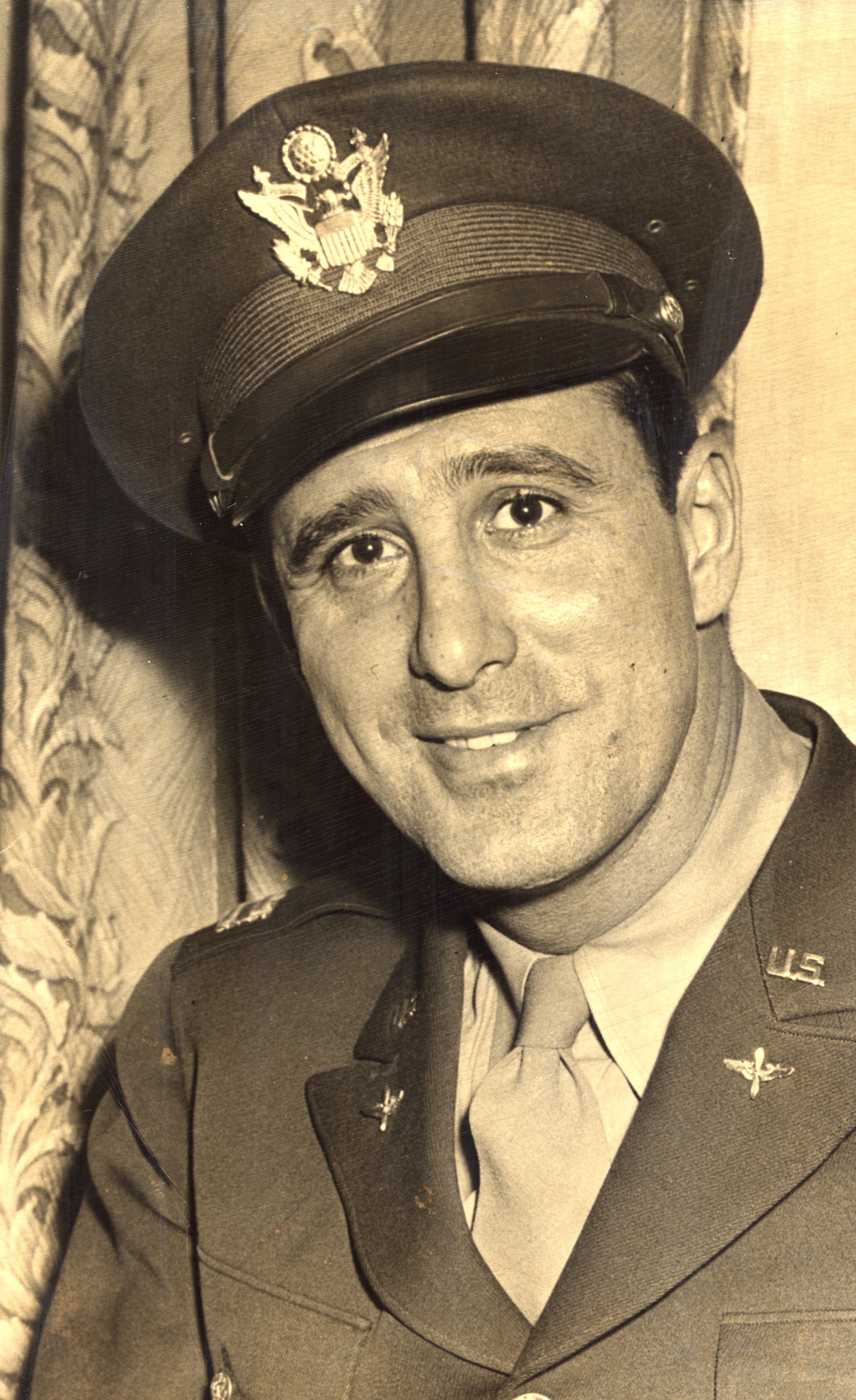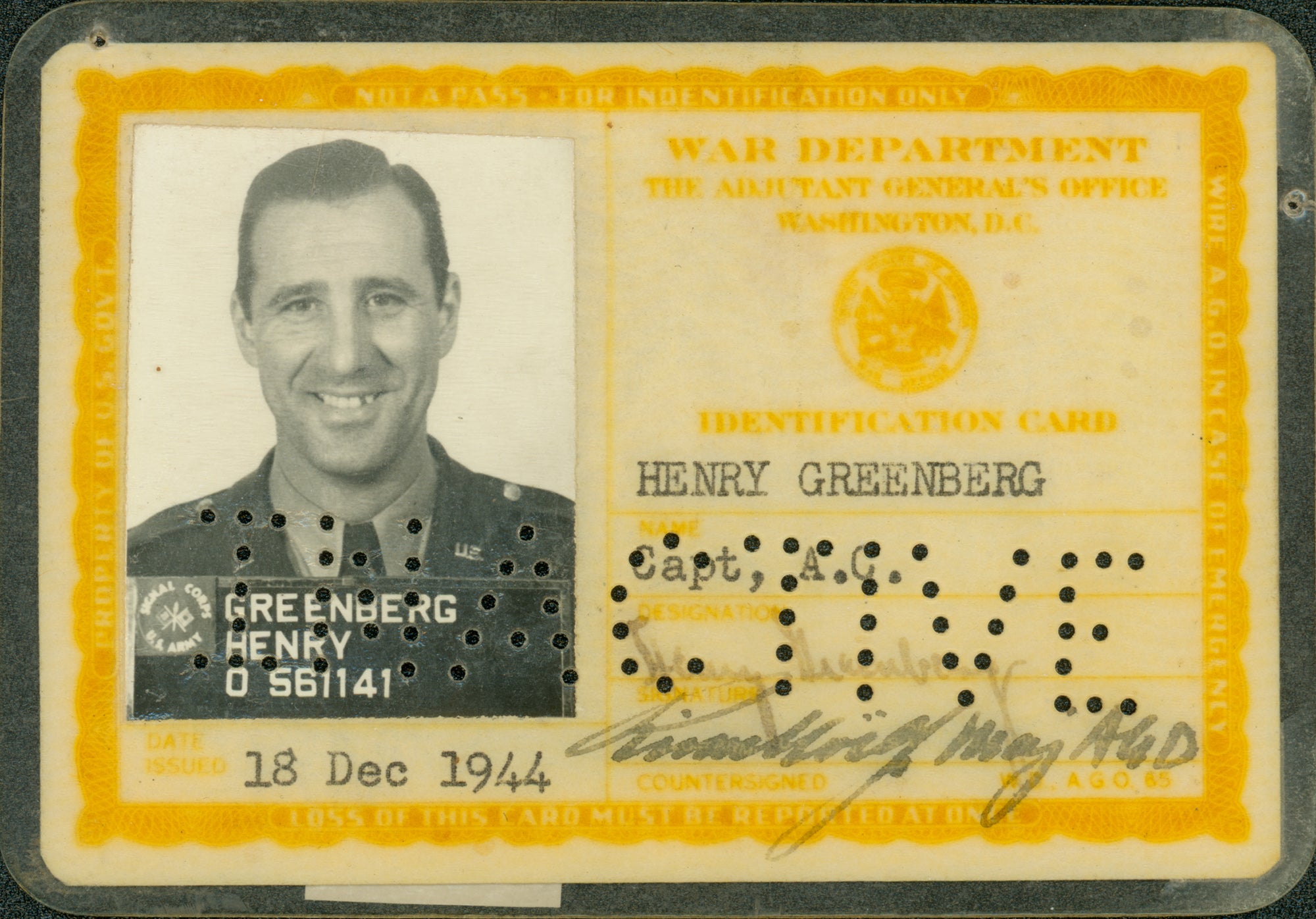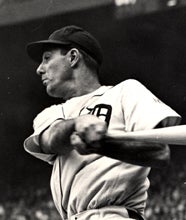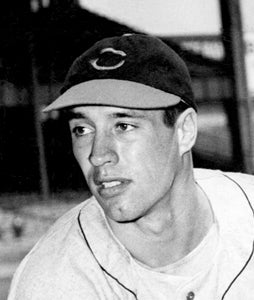- Home
- Our Stories
- Greenberg doubles up on MVP
Greenberg doubles up on MVP
Hank Greenberg was the best first baseman in the American League when the Detroit Tigers asked him to change positions following the 1939 season.
A year later, Greenberg was recognized as the top player in the AL when he won the MVP Award.
Greenberg polled the most votes in the 1940 AL Most Valuable Player race when the results were announced on Nov. 5. It came as no surprise as Greenberg led the league in home runs (41), RBI (150) and total bases (384) while powering the Tigers to the AL pennant.
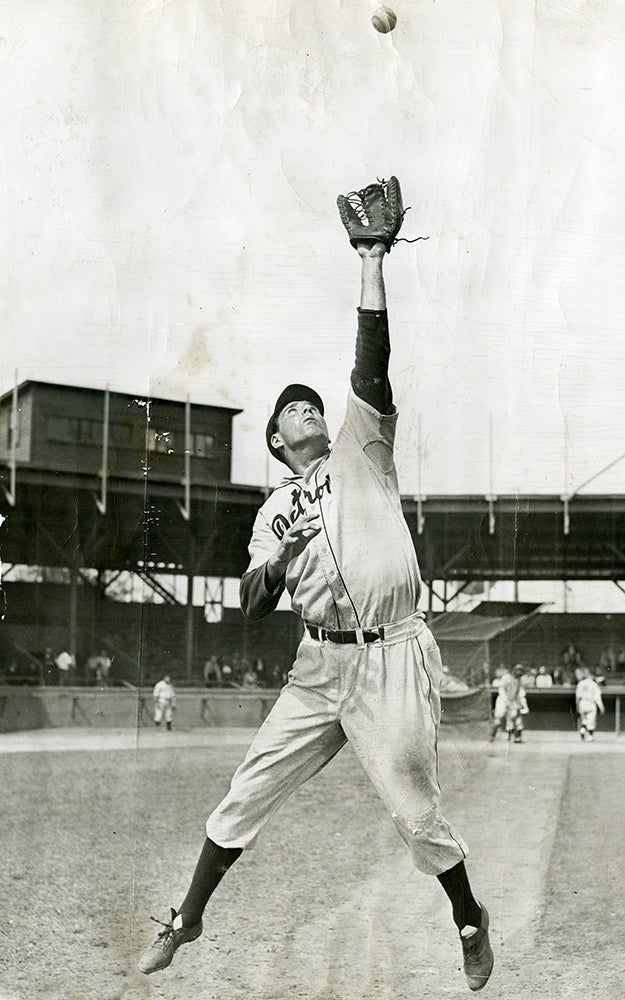
All this came after he moved to left field – a position he had never played – in Spring Training to accommodate Rudy York, a powerful batter who had failed as a catcher and third baseman. But the move was not without risk: In 1939, Greenberg had led AL first basemen in fielding percentage with a .993 mark.
It was reported that the Tigers gave Greenberg a choice of moving to left field or taking a pay cut from his reported $35,000 salary of 1939. With the move, Greenberg became the first player to win MVPs at multiple positions.
“After being in the middle of all those conferences (at the mound) for seven years,” Greenberg told the United Press, “I kind of wish I could be back up there hearing what the shortstop’s saying to the pitcher and what the catcher is telling the third baseman.”
Batting behind Greenberg in the No. 5 spot for most of the season, York – who was now at the center of those conferences as the first baseman – totaled 33 homers and 134 RBI. But it was Greenberg who made the difference, especially down the stretch. Detroit entered play on Sept. 4 trailing the first-place Cleveland Indians by four games. But from that point on, Greenberg hit .415 with 15 homers and 38 RBI as the Tigers went 18-5 to pass Cleveland.
Most writers believed it was that push which vaulted Greenberg past Cleveland’s Bob Feller in the MVP race. Feller went 27-11 that year, winning the pitching Triple Crown by leading the AL in wins, ERA (2.61) and strikeouts (261).
In the final MVP tally, Greenberg got 16 first-place votes and 292 total compared to six and 222 for Feller.
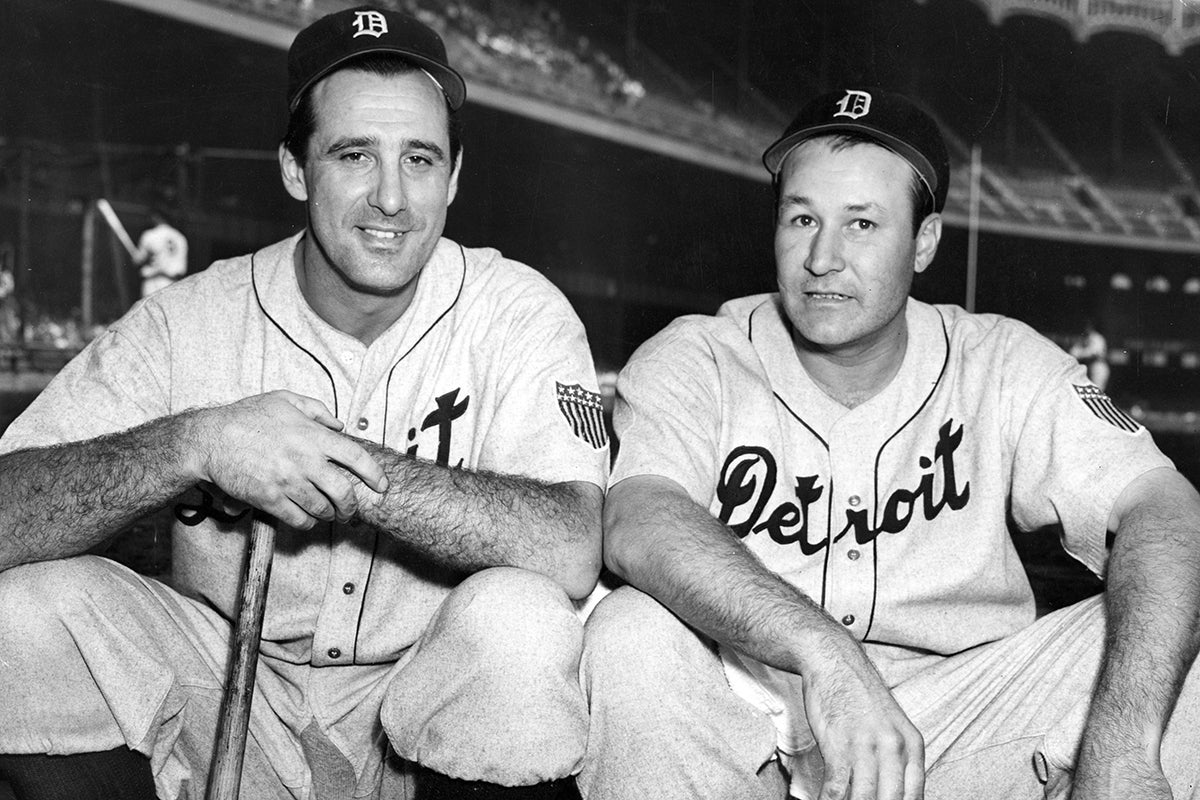
Defensively, Greenberg was widely praised for his fielding even though modern metrics don’t necessarily agree. His Defensive Wins Above Replacement for the season graded out at -0.8 while he led AL left fielders in errors with 15. But he also paced all AL left fielders in putouts (251) and assists (13).
In the World Series against the Reds, Greenberg batted .357 with a homer, six RBI and five runs scored as Detroit fell in seven games. He was not charged with a single error in the field.
“Greenberg puts more thought, effort and conscientiousness into his work than any other player in the league,” said Fred Haney, who managed the St. Louis Browns in 1940. “And to my mind, he’s the best competitor in the league.”
Craig Muder is the director of communications for the National Baseball Hall of Fame and Museum

